First some code then a walkthru, with screenshots, of the end-user experience...
1. Install this library on your MicroPython device and add the following to the start of your main.py:
Code: Select all
from wifi_setup.wifi_setup import WiFiSetup
# You should give every device a unique name (to use as its access point name).
ws = WiFiSetup("ding-5cd80b5")
sta = ws.connect_or_setup()
print("WiFi is setup")
2. Currently, your phone is on your home network Foobar Net.
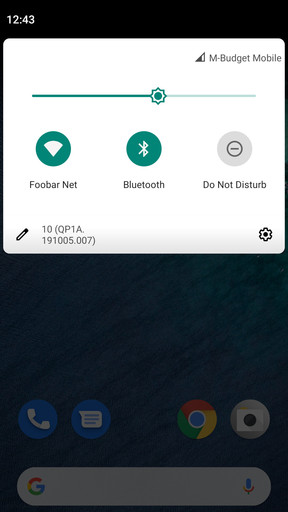
3. You go to WiFi settings.
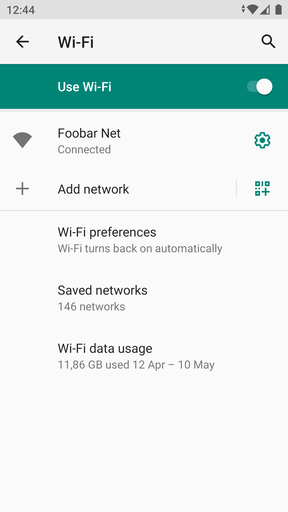
4. You look at your MicroPython device, which you labeled with the name you gave it in the Python code above.
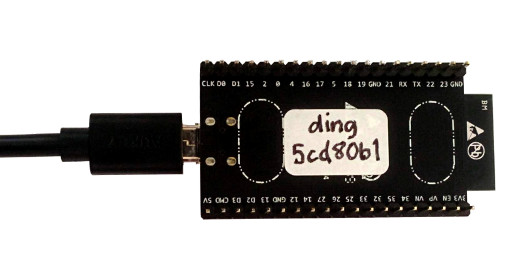
The eagle-eyed will notice the mismatch between "ding-5cd80b1" here and "ding-5cd80b5" seen elsewhere - I haven't updated this photo to match.
5. You plug in your device and see it appear as an open network in your WiFi settings.
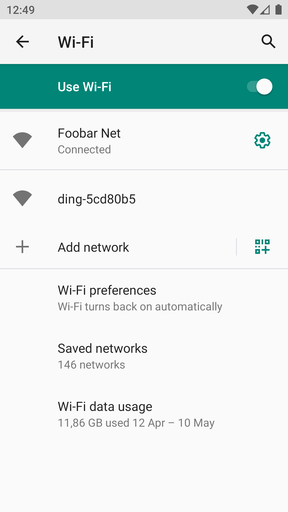
6. You select it and, like a network in a coffee shop or airport, you're told you have to log in.
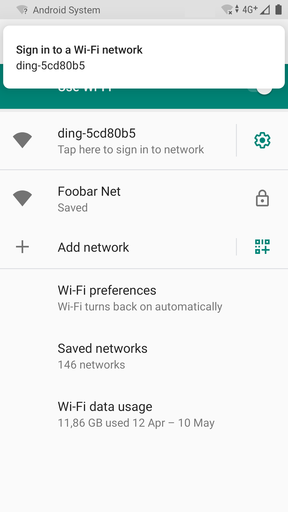
7. However, instead of a login screen, you're presented with a list of networks that your MicroPython device can see. You should select the network, i.e. Foobar Net, to which you want to connect your device.
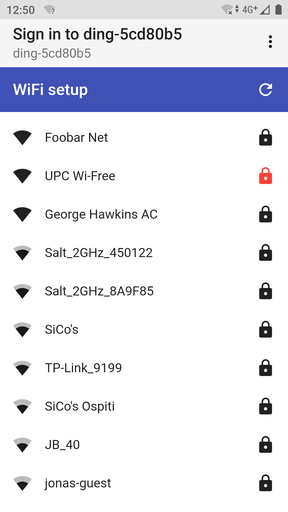
8. Once you select your network, you have to enter the network's WiFi password.
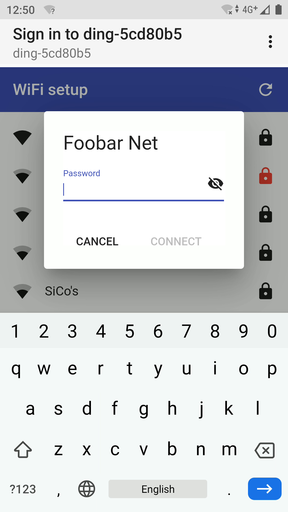
9. By default the password is hidden.
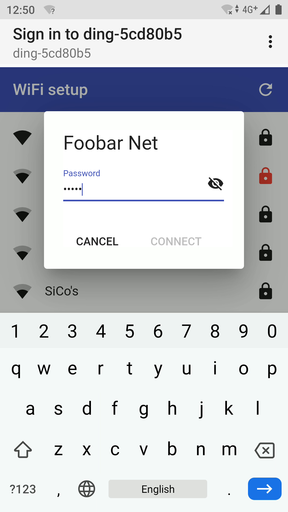
10. But you can click the visibility icon if you prefer the password to be visible as you type it.
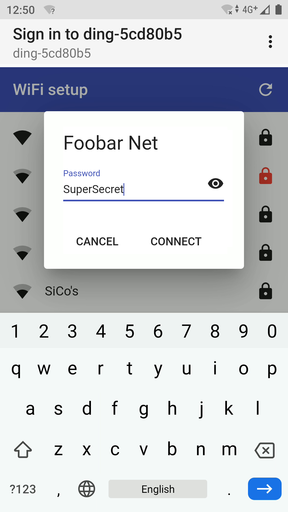
11. Once you click connect, it whirrs away for a while as your device attempts to connect to the network with the credentials you entered.
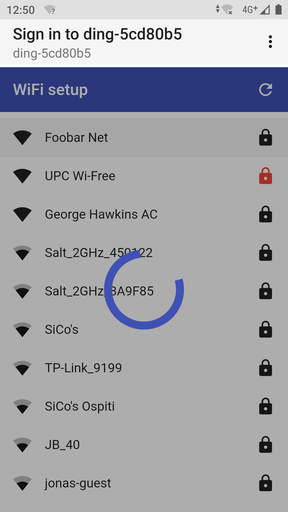
12. If all goes well, it tells you that it has connected and displays the IP address (or anything you want) that the device now has on that network. You press the copy icon, to hang onto the IP address, and click the OK button.
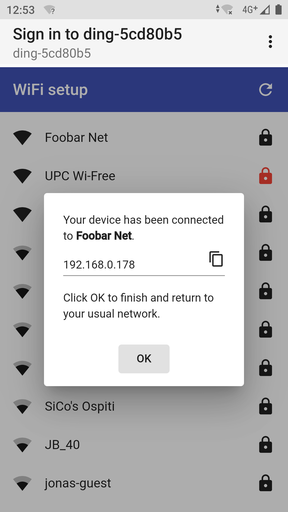
13. The device now shuts down the temporary WiFi network that was created for this setup process.
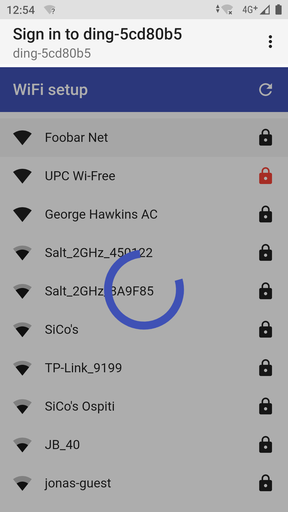
14. With the temporary network now gone, the usual behavior of your phone is to automatically return you to your previous network, i.e Foobar Net.
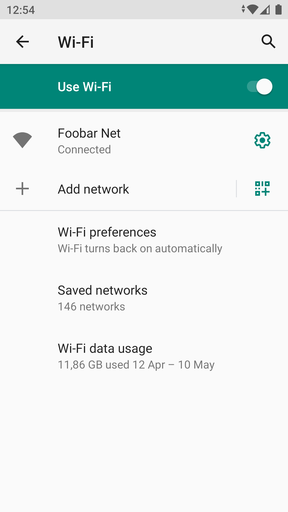
15. Now you return to your phone's main screen and select your web browser application, i.e. usually Chrome or Safari.
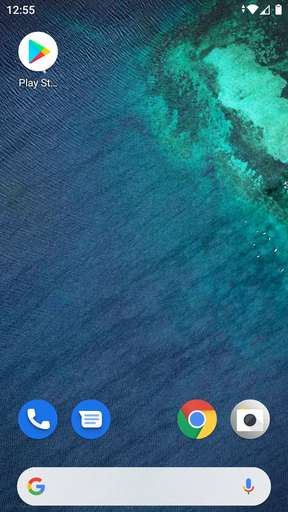
16. You paste the IP address, that you copied earlier, into the web address field.
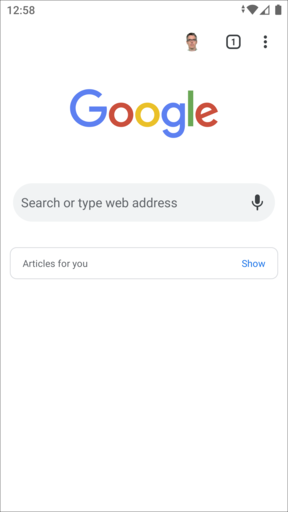
17. For the purposes of this demo, your MicroPython device just serves up a web page of a cute little ghost hovering up and down.
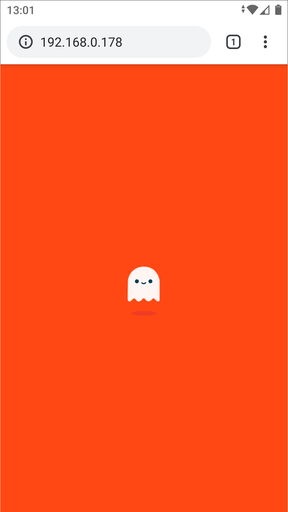
The entered credentials are stored on the device and the next time it is restarted it will reconnect to the network rather than starting the temporary WiFi network seen here for setup.
That's it. I hope others find the library useful. You can find the library, along with an in-depth README and more documentation, here on GitHub.
Credits: as with most projects, this one wouldn't have been possible without being able to build on the work done by others. In particular, this means the whole MicroPython development team and the creators of the libraries I've used, such as MicroWebSrv2 and MicroDNSSrv from Jean-Christophe Bos. For more credits and license details (this library, and all libraries it depends on, use the MIT license), see the project's README.
Notes
No other device or service is involved other than your phone and your MicroPython device, i.e. your MicroPython device serves the web pages involved to your phone and manages the whole login process.
You may notice a red lock icon in some of the screenshots, this indicates that the network involved is using WPA2 Enterprise which is not currently supported.
By default the IP address of your device is displayed when it successfully connects to the chosen network however, you can configure the code involved to return whatever you want, e.g. an MQTT topic name.
The dialog that presents you with the IP address uses a kind of dead man's switch logic in the background that keeps the temporary WiFi network alive as long as it's showing. So the temporary WiFi network will shut down if you explicitly close the dialog (by pressing OK) or if you e.g. simply manually switch back to your normal WiFi network.
The ghost is a tiny CSS demo by Helen V. Holmes and was found here.
